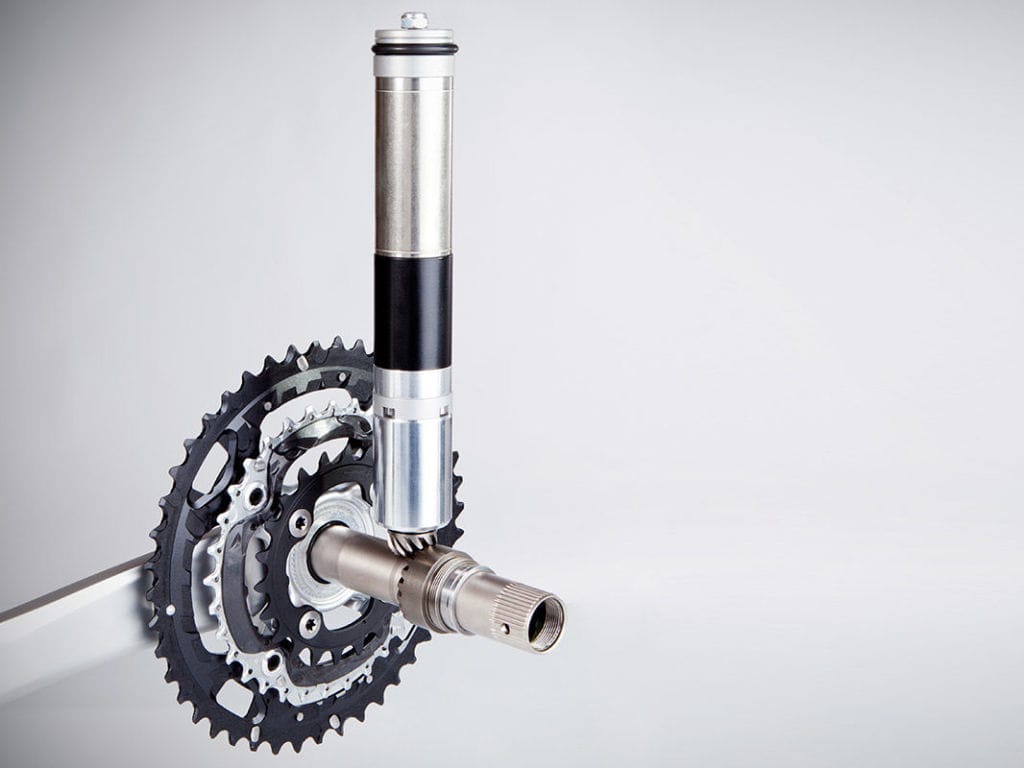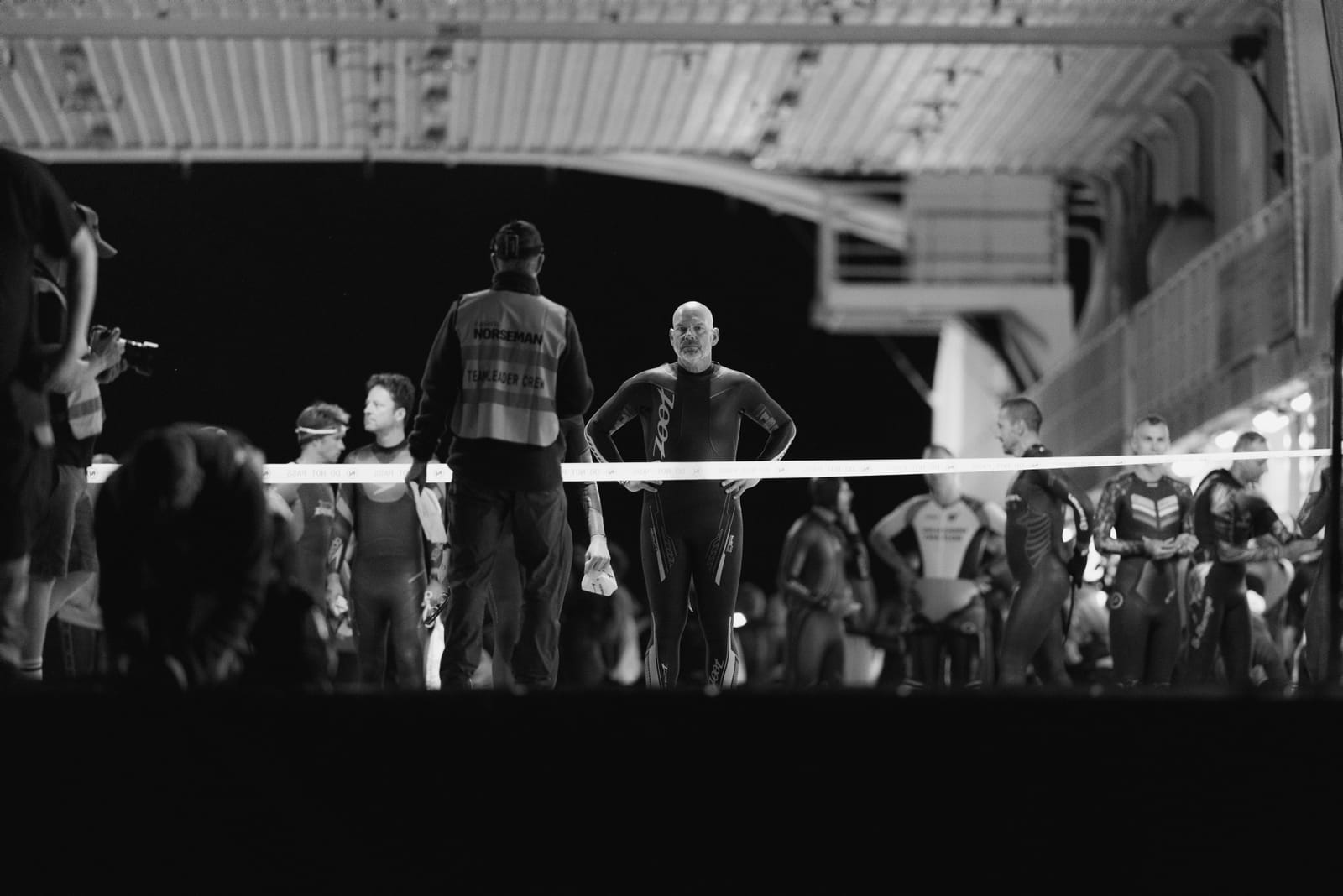When we first saw the whole bike doping thing at the Tour de France this year and in previous Spring Classics campaigns the idea that anyone would put a motor in their bike as a form of cheating is just funny bordering on ludicrous. There is no way that could happen. It was a hoax, a ruse. As for triathlon, the thought of bike doping is cafe talk, something you can talk to your mates about over a coffee. A lot of head shaking and simple failure to think this story was any more than BS was the common theme. It couldn’t happen at a race like Roth or Kona or Noosa? Or could it?
The skinny on bike doping
Rather than rehashing the whole “what’s going on” we rang our mates at CyclingTips (CT). Matt de Neef their editor over there at CT is a gun journo and has the short version on what we are talking about.
“Allegations of motors in bikes cropped up in 2010 when former professional Davide Cassani appeared in a video and showed a bike featuring what he said was a hidden motor in the seat tube. That video contained footage of Fabian Cancellara’s victorious performances in Paris-Roubaix and the Tour of Flanders, two races he dominated. Cassani appeared to be claiming that the Swiss rider may have used such a motor in his successes. Cancellara denied this, telling the Belgian newspaper Het Nieuwsblad that the claims were ‘so stupid I’m speechless.’
“The motor, (above which the CT guys looked at) which measures 22cm in length, is fed into the seat tube and connects with the crankshaft via an interlocking gear — the gear on the bottom of the motor locks in to a gear ring which is placed over the crankshaft……..Hiding the button could conceivably be achieved by the careful and creative use of bartape.”
So how does all this work with triathlon?
The simple fact is that it does very easily. Let’s take a step outside crazy town for the moment and consider the ability for an age group athlete or triathlon pro to do this. Currently not one of the world’s biggest race directions are checking for these motors nor are they really thinking that it will take place. And it probably is not. But it could. Given the Tour organisers checked in this year’s race gives the rumours some credence.
We asked Matty White for his opinion. “Personally at most races including major competitions bike checks consist of a touch of the helmet strap and a quick apply of the brakes so if there was an ingenious concealable motor in my bike it would by no means be picked up from this brief once over. Let’s face it. It has only just been implemented in Pro Cycling so this generally takes a while to filter down to Triathlon, and imagine bike check in with 3,000 competitors as if it wasn’t hard enough!
This is 2015 and the technology is already in place and available, much the same as peptides and performance enhancing drugs, if you really want to get hold of something you can through the Internet. I have seen an incredible amount of cheating in 20 years of racing around the world which makes me think that this type of cheating is easily taking place, especially when bikes are not scrutinised at all in Triathlon currently.” White told us.
When asked if he thought this is feasible or is it cloud talk Tim Reed stated. “Not in triathlon currently but potentially in the future. I do think it’s very feasible in cycling.” he said. We then asked if it was worse than doping to which Reed replied “Blatant cheating is blatant cheating. In my mind both deserve life bans. As for your consistent ‘second chance’ argument, if cheating athletes were given a life ban they are given a second chance, just in another job. It’s not a jail sentence.”
Triathlon Australia took our call and their key message was they weren’t aware of any cases of it but if they would take some technical action should the integrity of the sport become affected. Both Challenge and WTC did not respond to our questions at the time of writing.
So where does this leave us?
Probably no where closer to the truth. The motors exist. They are available and can be fitted. The CT guys proved that. There are plenty of buttons on any tri bike cockpit to confuse anyone. The battery sits as a bidon and is not obvious and more importantly no one is checking.
Tri bikes too are great vehicles for these motors as they have fat aero tubing and a multitude of gadgetry to assault the probe of any Technical official. It would take a certain type of person to set this up and pull this off but given that age groupers are getting tested for performance enhancing drugs it shows this a group with intent to bend and break rules.
For the pros, like cycling, the risk is enormous. Getting caught for this as risky as doping, maybe more so as the evidence is sitting right there in a bike rather than being vaguely disbursed in the blood. And if you think this is a bunch of nonsense then we’ll leave the final word to the UCI President Brian Cookson who told CT during their chat,
“Our information is that this is a very real possibility. We don’t have any firm evidence but we are absolutely aware that these products are out there and that it is a possibility.”







